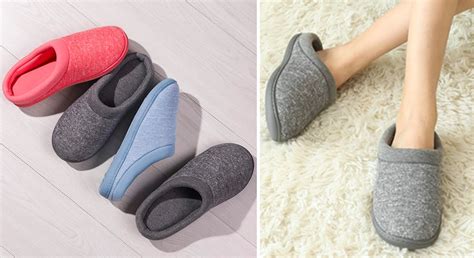Women's 9 to Men's Size Conversion

Understanding shoe sizes can be a complex task, especially when converting between women’s and men’s sizes. The primary reason for the difference in shoe sizes between genders is due to the average differences in foot shape and size. Generally, men’s shoes are designed to be slightly wider and longer than women’s shoes, but this can vary significantly between brands and styles.
To convert a women’s shoe size to a men’s size, you typically need to go down one to two sizes, depending on the brand and style of the shoe. However, this is a general guideline and may not apply universally. For instance, a women’s size 9 is often considered equivalent to a men’s size 7 or 7.5, but this can vary. It’s essential to consult the specific size chart of the shoe brand you’re interested in, as sizing can differ significantly.
Why Size Conversion Matters
Size conversion matters because it ensures a comfortable and proper fit. Wearing shoes that are too small can lead to discomfort, pain, and even long-term foot problems. Conversely, wearing shoes that are too large can cause blisters, instability, and difficulty walking. Understanding how to convert sizes can be particularly useful when shopping online, where trying on shoes before purchase isn’t an option, or when sharing shoes between genders.
How to Convert Women’s to Men’s Shoe Sizes
General Conversion: As a starting point, subtract 1.5 to 2 sizes from the women’s size to estimate the men’s size. For a women’s size 9, this would translate to a men’s size 7 to 7.5.
Consult Size Charts: Every shoe brand has its unique size chart. Look for the brand’s official size chart, which usually includes measurements in inches or centimeters for each size. This can give you a more accurate conversion based on the actual foot length and width.
Consider Width: Men’s and women’s shoe widths can differ. If you’re converting sizes, also consider the width of the shoe. Some brands may offer narrower or wider options for men and women, which can affect the conversion.
Try Them On: If possible, try on the shoes before buying them. This is the best way to ensure a good fit, regardless of the size conversion. If buying online, look for brands that offer free returns or a flexible return policy.
Common Misconceptions About Shoe Size Conversion
Assuming Universality: One of the most common mistakes is assuming that shoe size conversions are universal. Each brand may have its own sizing, so what works for one brand may not work for another.
Ignoring Width: Focusing solely on length and ignoring width can lead to poor fit. Ensure that you consider both aspects for a comfortable fit.
Not Checking Materials: Different materials can affect how a shoe fits. For example, leather shoes may stretch over time, while synthetic materials may not.
Tips for Buying Shoes Online
When buying shoes online, it’s crucial to have as much information as possible about the shoe’s fit. Here are some tips:
Read Reviews: Look for reviews from other customers, especially those who have converted sizes. They can provide valuable insights into how the shoes fit.
Use Size Charts: Always refer to the brand’s size chart and measure your foot to get the most accurate fit.
Contact Customer Service: If you’re unsure about sizing, don’t hesitate to contact the brand’s customer service. They can offer advice based on their products.
Conclusion
Converting women’s shoe sizes to men’s sizes requires more than just a simple formula. It involves understanding the nuances of shoe sizing, consulting brand-specific size charts, and considering factors like width and material. By being informed and taking the time to find the right fit, you can ensure comfort and satisfaction with your shoe purchase, whether you’re buying online or in-store.
Frequently Asked Questions
How do I convert women's shoe sizes to men's sizes accurately?
+To convert women's shoe sizes to men's sizes accurately, subtract 1.5 to 2 sizes from the women's size. Then, consult the specific brand's size chart for the most accurate conversion, considering both length and width.
Why do shoe sizes differ between brands?
+Shoe sizes can differ between brands due to variations in design, materials, and intended fit. Each brand may have its own sizing standards, making it essential to consult the brand's size chart for accurate conversions.
What factors affect shoe size conversion besides length?
+Besides length, factors such as width, material, and brand-specific design can affect shoe size conversion. Considering these factors ensures a more accurate and comfortable fit.
By understanding these aspects and taking a thoughtful approach to shoe size conversion, you can navigate the sometimes complex world of shoe sizing with confidence, ensuring that your feet are both comfortable and stylish.



